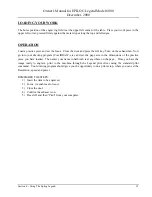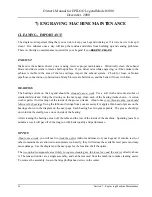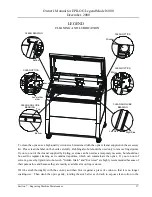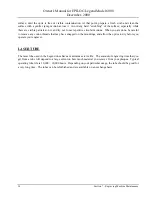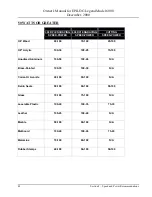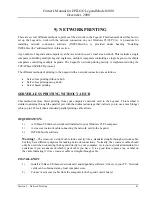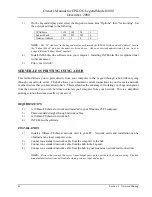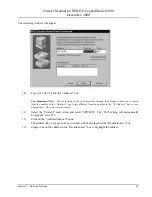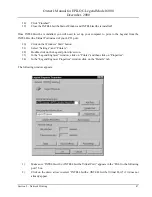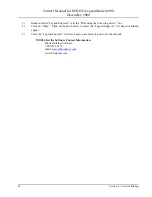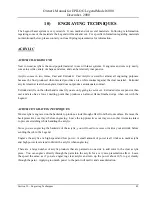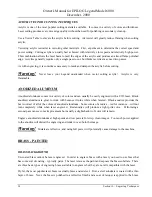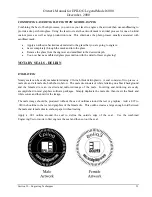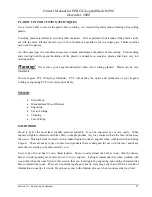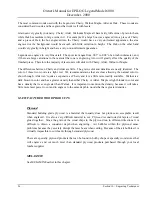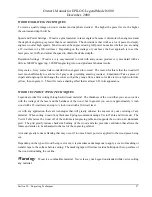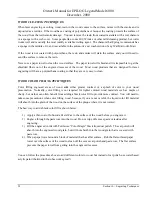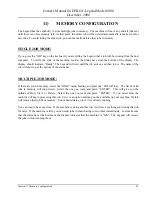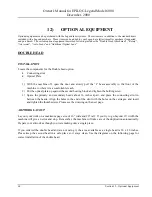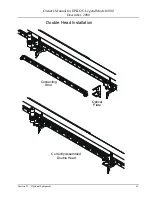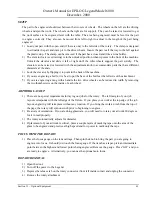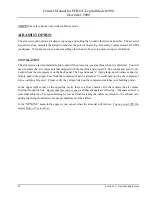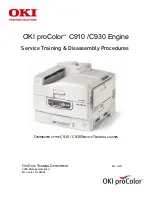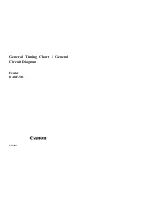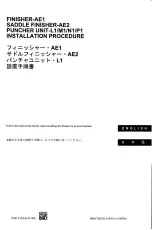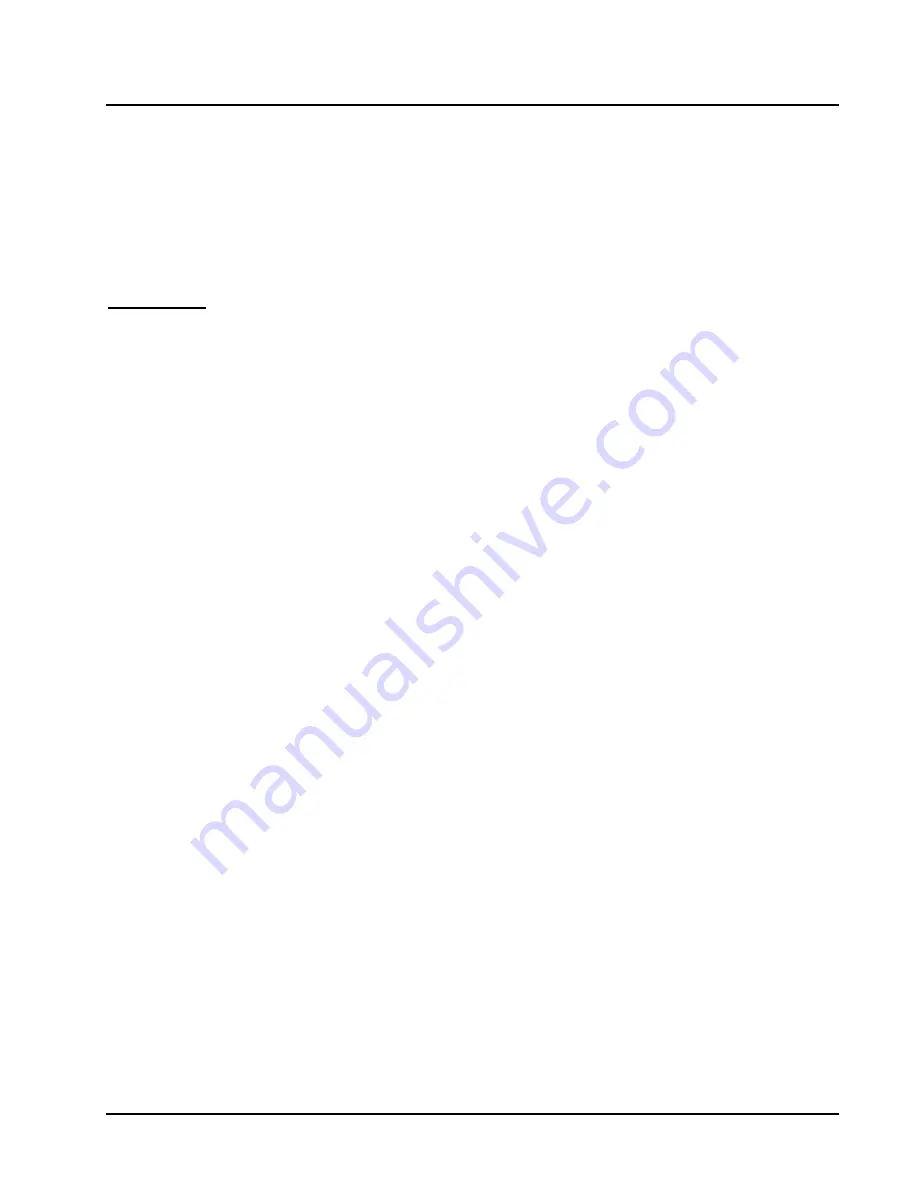
Owner's Manual for EPILOG Legend Model 6000
December, 2000
Section 10 – Engraving Techniques
49
10)
ENGRAVING TECHNIQUES
The Legend Laser system is very versatile. It can mark and cut several materials. Following is information
regarding some of the materials the Legend will mark and cut. For specific information regarding materials
not mentioned below, please contact your local Epilog representative for information.
ACRYLIC
ACRYLIC BACKGROUND
Next to wood, acrylic is the most popular material to use with laser systems. It engraves and cuts very easily,
comes in a wide variety of shapes and sizes, and can be relatively inexpensive.
Acrylic comes in two forms, Cast and Extruded. Cast Acrylic is used for almost all engraving purposes
because the frost produced when lasered provides a nice white contrast against the clear material. Extruded
acrylic remains clear when engraved and does not produce an adequate contrast.
Extruded acrylic on the other hand is ideal if you are only going to vector cut. Extruded is less expensive than
cast and also has a lower melting point that produces an almost flame finished edge when cut with the
Legend.
ACRYLIC ENGRAVING TECHNIQUES
Most acrylic is engraved on the backside to produce a look through effect from the front surface. Remove the
back protective cover layer before engraving. Leave the top protective cover layer on so that it remains intact
to prevent scratching while handling the acrylic.
Since you are engraving the backside of the acrylic, you will need to reverse or mirror your artwork before
sending the job to the Legend.
Engrave the acrylic at a high speed and low power. A small amount of power is all it takes to mark acrylic
and high power levels tend to distort the acrylic when engraving.
There are a large number of acrylic products that are painted on one side to add color to the clear acrylic
piece. You can engrave directly through the paint into the acrylic for a very nice presentation effect. Leave
the speed the same as if you are engraving clear acrylic and turn up the power about 10% to get cleanly
through the paint. Applying too much power to the paint will melt it and cause distortion.

